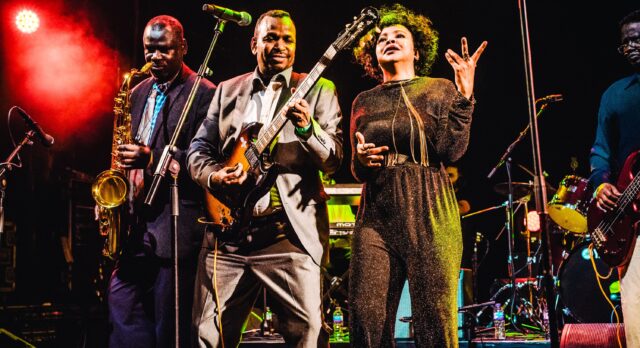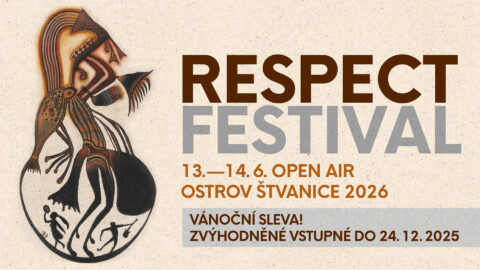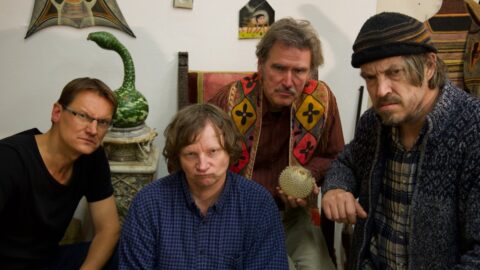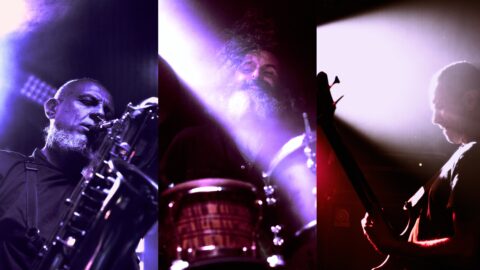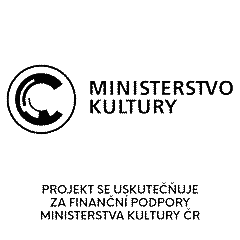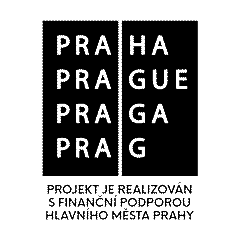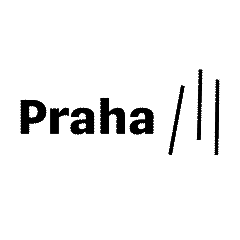The founding fathers of contemporary African music include not only Fela Kuti from Nigeria or Mulatu Astatke from Ethiopia, but also the rediscovered Dur-Dur Band from Somalia, a historic crossroads of maritime routes between Africa, India, Persia and the Arab world. The capital Mogadishu, known as the Pearl of the Indian Ocean, became a cosmopolitan melting pot of cultures fifty years ago. The Dur-Dur Band created the soundtrack of this golden era until 1991, when civil war ended it. Artists flee to the world, a new line-up of Dur-Dur Band International is formed in the Somali exile community in London, and 2019 sees a historic reunion. Dur-Dur Band International records a collaborative album in Berlin with golden era greats whose compilation Sweet As Broken Dates was nominated for a Grammy. The first new recording after a 30-year vacuum is followed by a tour with a concert at the Respect Festival.
In the post-colonial era, Soviet-backed totalitarian systems emerged in a number of African countries. Ethiopia is ruled by a brutal Stalinist dictatorship, twenty thousand Cuban soldiers are deployed in the Somali-Ethiopian border region. Ninety-year-old Muhyadin Sharafo, the author of the album cover for The Berlin Session, has also undergone ruthless regime changes. He spent his youth in totalitarian Somalia and studied art in North Korea and East Germany. At a time when Russia’s influence has begun to wane, the local culture is opening up to the West, and this is imprinted in the local music. The Dur-Dur Band’s style is a mix of local roots and foreign inspirations, with Santana and Bob Marley among the strongest. The reggae connection has another level, and that is the dhaanto rhythm from the Ethiopian borderlands, which is much older than reggae. By day, musicians played in state-established ensembles at Radio Mogadishu studios or in the Waaberi National Theatre orchestra. They then continued their night shift in the private sector in hotels and restaurants. Conflicts arose from this: the singer Baastow switched to the Dur-Dur Band because of his knowledge of traditional styles associated with summoning spirits, but this did not please the manager of the Jubba Hotel: “I cannot take it on my conscience that tourists from Italy will be slapped by a Somali demon.”
The Dur-Dur Band was an impressive line-up with three brass players, four vocalists, a three-piece choir, two guitars, keyboards, bass, drummer and two percussionists. Somali music differs greatly from the styles of West Africa or other regions, with a much stronger influence from the geographically nearby Arab world or India.
The rediscovery of Somalia’s golden era has been happening step by step. In 2007, the American musicologist John Beadle published on his Likembe blog a tape he had received 20 years earlier from a Somali student, accompanied by the article ‘Mystery Somali Funk’. The recording was then discovered by Samy Ben Redjeb, producer of the renowned Analog Africa label, one of the greatest connoisseurs of African music, who declared: ‘This is the deepest essence of funk I have ever heard.’ Then in 2016, when Redjeb flew to Mogadishu to search the archives, he was given mandatory military protection. It consisted of a former security agent dressed in a military uniform with a borrowed AK-47 Kalashnikov. It was then that Redjeb discovered how an important part of the Somali scene was the home copying of tapes that helped music survive the darkest days of the civil war.


